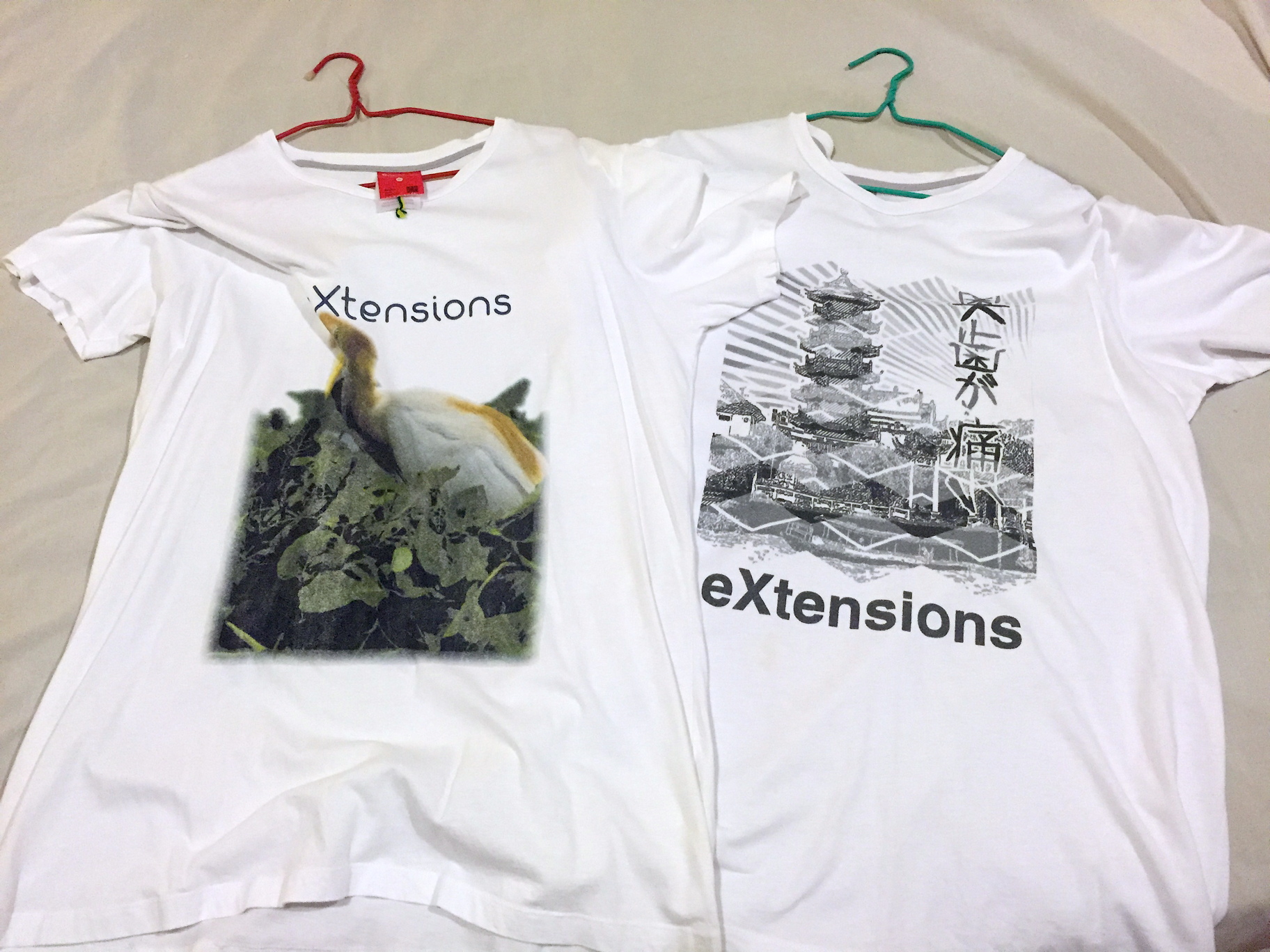Woodpost: Unusual Photography App for Output on Wood

AMITIAE - Sunday 22 March 2015
|
Woodpost: Unusual Photography App for Output on Wood |
 |
|
|
By Graham K. Rogers
OutlineThere is no point in taking lots of photographs if they stay on the computer and no one ever sees them, apart from those personal, private memories. I have a number of iOS apps that output images in novel ways, such as the practical Snaptee. I have had several unique t-shirts made using this app and I expect that I will buy some more via the online service.

A recent arrival in the iTunes App Store here is Woodpost, a new twist on the postcard idea, as the output is on wood: specifically plywood. The full name in the iTunes App Store is Woodpost by Fuzel. This output can be mailed anywhere in the world for a standard price of $7.99. The developers, Not a Basement Studio JSC are also responsible for the app, Fuzel Collage. A wood image - either square or rectangular - is packed in an envelope (craft paper) and comes with a magnet and a dock. As the output is wood, there are expected to be imperfections - such as with graining - but this would be part of the charm of such a medium.
WoodpostWhen opened, the user has three options for output: Square (4.7" x 4.7" x 0.1"), Landscape (6" x 3.7" x 0.1") or Portrait (3.7" x 6" x 0.1"). An information icon beside each of the Size info panels at the top of the screen opens a 3-screen display of the wood used.Below are four theme selectors: Simple, Family, Love and Travel. Each of these has a dozen templates: some with frames and some with messages. Most of the frames are tasteful. As I scrolled the templates up and down the screen on the iPhone, they expanded to fill the width of the display: a nice effect.
When the templates with the user's photo selection is shown, there are buttons at the bottom of the screen to allow a change of photo, and to edit the current selection. Editing is basic with three tools: Optimise; Mirror, left to right; Mirror, top to bottom. When the user has decided on the image and template, Next reveals a panel for a message to be written: like a postcard. Seven lines of text are available. A three-screen panel then shows the finished product (including the message), the envelope and the accessories, along with pricing. I was then reminded that I had not included a recipient for the output. When I tapped the button for this, I was asked to Sign up (or Sign in). Options for this were using Facebook or Twitter accounts, or to enter email details. I used Twitter, then was returned to the Enter Recipient button. Once complete, the item was added to the cart and I was able to make the purchase either through PayPal or a credit card (no Apple Pay here). Tracking could either be done via an email authorisation or with Push Notifications.
CommentAlthough most of my use of Woodpost was on the iPhone, I also installed this on the iPad. It is a universal app, so displays full-screen on the larger device and looks all the better for this. Screen displays while obviously much easier to read and access because of the size, are set out in the same way, with one or two minor differences.The choice of wood as output medium makes Woodpost by Fuzel somewhat unusual, The standard pricing and accessories (magnet and dock) give this excellent value, especially considering that mailing costs are included in the fee paid. While this type of output may not appeal to all users, the uniqueness, along with the quality of the app itself, should earn the developers a lot of friends. This is recommended in a tentative sort of way. . . .
Graham K. Rogers teaches at the Faculty of Engineering, Mahidol University in Thailand where he is also Assistant Dean. He wrote in the Bangkok Post, Database supplement on IT subjects. For the last seven years of Database he wrote a column on Apple and Macs. He is now continuing that in the Bangkok Post supplement, Life. |
|

For further information, e-mail to
Back to
eXtensions
Back to
Home Page